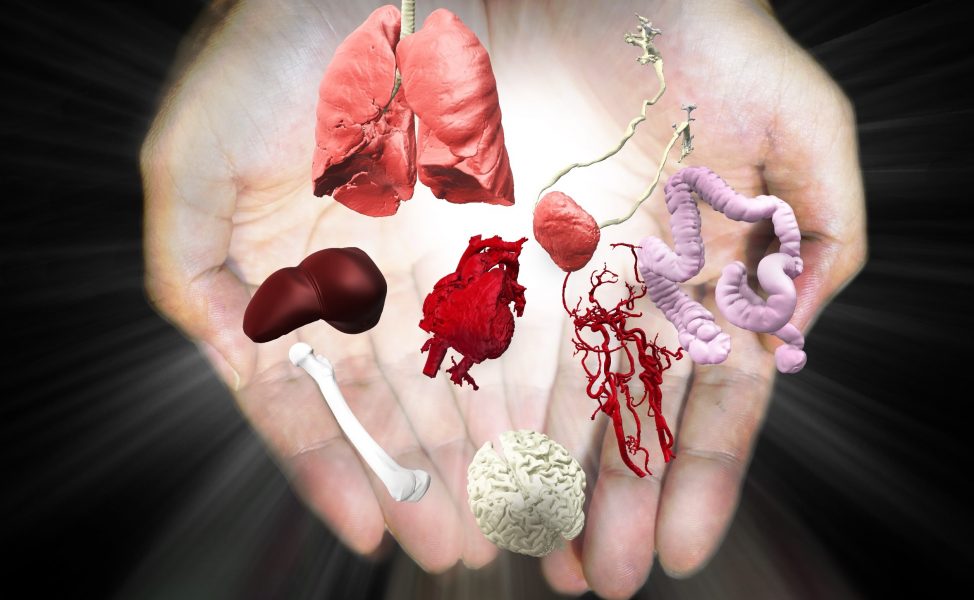Microphysiological Analytic Platforms (MAPs), also commonly known as organs on chip, are valuable tools for researchers and clinicians to understand cellular and whole organ functions in a miniature 3D environment. The ultimate goal is to create in vitro tissue and organ models, and to integrate them on one device to mimic multiple organ systems and their interactions, to create a “body on chip”. This can then be used to model diseases and for drug and toxicity testing.
The Advanced Healthcare Materials Special issue, entitled “Microphysiological Analytic Platforms (MAPs): Precision Organs on Chip” is edited by Luke P. Lee (University of California, Berkeley and National University Singapore) and gathers the expertise of top scientists in this field.
The review by Milica Radisic on “Organ-on-a chip platforms: A convergence of advanced materials, cells, microscale technologies” sets the scene and summarizes the advances of biomaterials, cells, and microscale technologies as essential components of MAPs. Jong Hwan Sung’s article on “Organ-on-a-chip technology for reproducing multi-organ physiology” looks at applications and challenges to work towards a body on chip.
Michael L. Shuler’s article on “Multiorgan systems for drug testing” As well as Hansang Cho’s review on “Three-dimensional ministration of human organs for drug discovery”, further look into the application in drug testing and discovery.
One of the main challenges of MAP systems is the cell source, which can either be received by patients, to build personalized organ on chip systems, or generic systems using established cell lines. Stem cells are obviously a key option. This is highlighted by further articles in this Special Issue: Amir Sanati-Nezhad reviews “Controlling differentiation of stem cells for developing personalized organ-on-chip platforms,” while David J. Beebe presents an original article on “An organotypic microvessel model of innate immune response using iPSC-derived endothelium”.
Further reviews focus on specific diseases and organs: Roger D. Kamm summarizes the progress of “In vitro microfluidic models for neurodegenerative disorders”. Peter Loskill reviews several organ systems relevant for woman’s health, as well as opportunities for sex-balanced preclinical studies in his article on “Organ-on-a-chip systems for women’s health application”, which is exemplified by Dongeun Huh presenting an original reserach article on placental drug transport-on a chip. Luke P. Lee provides an overview on a “Microphysiological analysis platform of pancreatic islet β-cell spheroids”, Noo Li Jeon describes a step towards an eye-on-chip, with his article on in vitro modelling of the outer blood-retinal barrier, and finally Alexander S. Mosig is looking at storage of liver-on-chip systems.
So, when can we expect to bring a whole body on a chip? We do not know yet, but this Special Issue presents the state-of-the-art in the area, as a big step towards the creation of multiple integrated organ systems at hand.

















